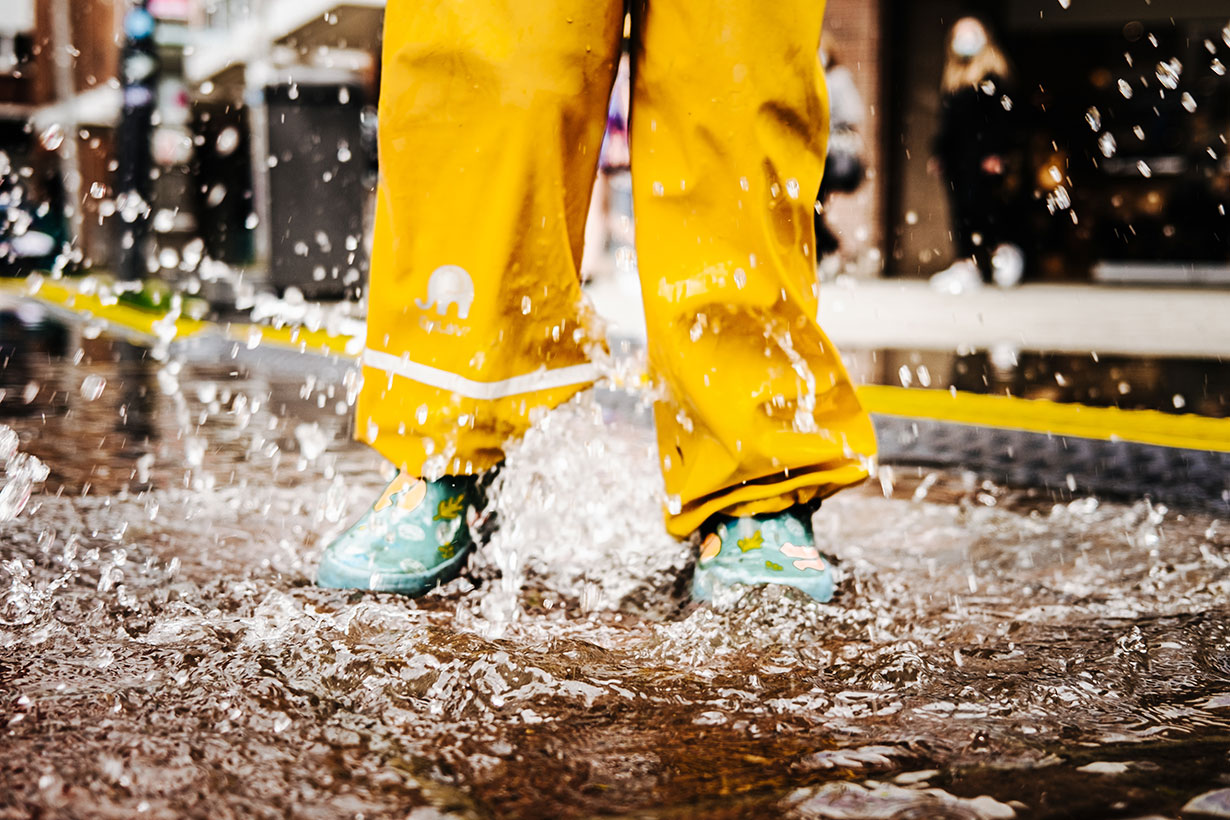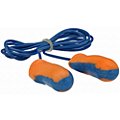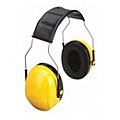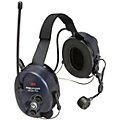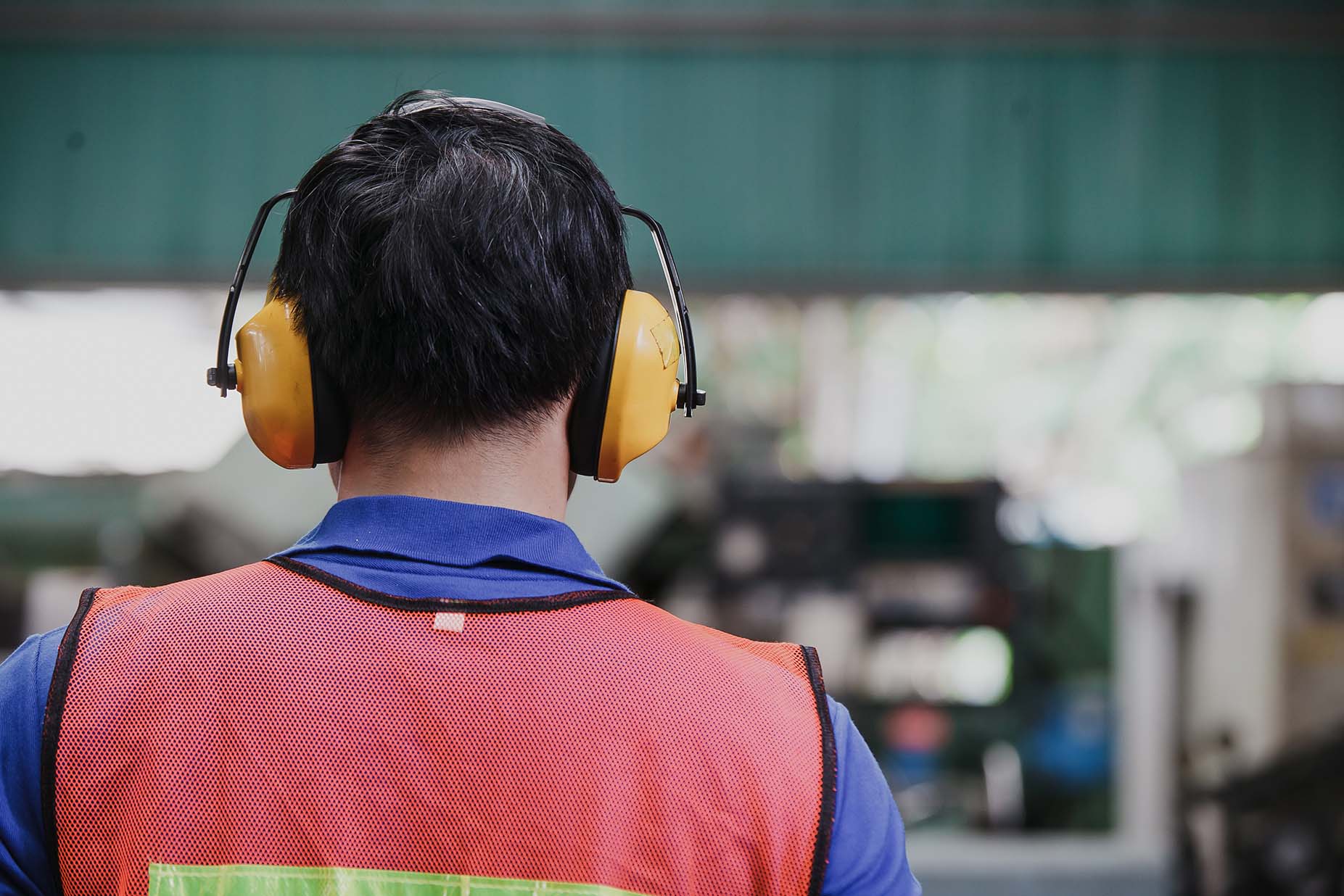

5 Strategies to Reduce Noise in the Workplace
By Grainger Editorial Staff 8/18/25
Workplace noise can cause permanent hearing damage. Learn five proven strategies to reduce noise at the source and keep your workplace safer and compliant with OSHA standards.
"Is it really that loud?" Many of us have been taken aback by warnings from our devices that urge us to turn down our headphones even though the volume is hardly ear-splitting.
But don't be surprised—noise doesn’t have to be piercingly loud to cause permanent hearing damage. According to the National Institute for Occupational Safety and Health (NIOSH), the recommended exposure limit for workplace noise is 85 dBA averaged over an eight-hour workday. Noise above this level can put workers at risk of permanent hearing damage, and risk increases as sound levels rise or exposure time grows.
When your headphones can be hazardously loud without your realizing it, it's easy to understand how noise hazards in the workplace can go unnoticed, too. According to a study published by the Journal of the Acoustical Society of America, approximately 22 million workers are exposed to occupational noise hazards in their jobs today, and one-third of workers who have a history of occupational noise exposure show measurable hearing damage.
Who's at Risk?
Sometimes noise hazards are obvious, but it's not just jackhammer operators who are at risk. High percentages of workers in these five fields face workplace noise hazards:
- Manufacturing: Approximately 5.7 million factory workers (about 46 percent of the manufacturing workforce) are exposed to dangerous sound levels at work. Almost one-third of exposed workers report not wearing hearing protection, leaving one in five with material hearing impairment.
- Agriculture: The noise inside a tractor cab can reach 92 decibels, and equipment like grain dryers and combines can top 100 decibels. In addition to these noise hazards, exposure to some pesticides can increase the risk of hearing loss among agricultural workers.
- Transportation and Warehousing: Forklifts and pallet trucks are loud, frequently emitting dangerous levels of noise when a load shifts against the forks or the backup alarm sounds. Railroad workers are at high risk of hearing loss, with 35 percent of rail workers reporting hearing difficulty. Truck drivers live in high-noise environments—an unmuffled “Jake Brake” can reach 101 decibels, as loud as a chainsaw.
- Maintenance and Repair: In addition to using loud tools like pneumatic wrenches and grinders, maintenance and repair workers often do their jobs in noisy environments like factories and construction sites. While over half of maintenance and repair workers are exposed to dangerous noise levels, 43 percent of exposed workers report not wearing hearing protection on the job, according to a study in the Journal of the Acoustical Society of America.
- Construction: More than half of construction workers have been exposed to noise hazards, but only 52 percent of exposed workers regularly wear hearing protection. One quarter of construction workers already suffer from material hearing impairment.
What's the OSHA Perspective?
OSHA’s Occupational Noise Exposure Standard (29 Code of Federal Regulations (CFR) 1910.95) identifies 90 decibels in an eight-hour time-weighted average (TWA) as the absolute "safe" level of noise exposure.
The 90 decibel concentration is the OSHA permissible exposure limit (PEL). Any eight-hour TWA exceeding 90 decibels requires the employer to use control measures to reduce the exposure to 90 decibels or below.
In addition to the 90 decibel PEL, OSHA also recognizes an 85 decibel TWA as its action level. While employee exposure to the action level does not force an employer to take measures to reduce noise exposure, it does require the employer to establish a hearing conservation program.
A hearing conservation program mandates that the employer conduct noise exposure monitoring, perform audiometric testing on employees, provide hearing protection to employees who request it, conduct employee training and retain records of those activities.
What Can You Do?
Hearing protection is important, but reducing noise at the source is the best solution. And noise reduction doesn't have to be extreme to be effective. In fact, decreasing noise levels by 5 to 10 decibels is all that is needed to bring many workplaces into compliance with OSHA regulations.
An easy first step is buying quiet equipment. Quieter fans, cutting tools and electric motors can help reduce the costs of your hearing conservation program. Every decibel of noise reduction is projected to save $100 in long-term costs associated with noise hazards.
Quieter Wheels
Hard caster wheels rolling on concrete and metal surfaces can generate noise near 90 decibels. Switching to specialized noise‑reducing casters has been shown to cut noise levels by around 15 decibels, which can bring many environments below OSHA’s safe exposure threshold.
Shrouding, Isolation and Relocation
Shielding and separating workers from noisy equipment can drastically reduce noise exposure. For example, at an abrasives manufacturing facility in Alexandria, Virginia, a combination of acoustical shrouds and the relocation of noisy equipment resulted in a 12-to-14-decibel reduction in sound levels throughout the plant. Prior to the plant’s noise reduction initiative, 98 percent of workers were included in a hearing conservation program. Afterwards, only 2 percent of workers were at risk from hazardous noise levels.
Sound-Deadening Enclosures
Placing loud equipment inside sound-deadening chambers can dramatically reduce noise levels. For example, at one manufacturing facility, the testing process for emergency sirens is inherently noisy—the equipment is designed to emit warning tones of 110 decibels or more. But by moving the testing procedure inside sound-deadening enclosures, the plant was able to remove 77 percent of employees from its hearing conservation program.
Remote Operation
Video technology can allow workers to operate noisy equipment from a safe distance. Remote controls and video monitoring can let operators manage equipment from an acoustically shielded cab or another protected location. According to OSHA’s Noise and Hearing Conservation guidance, remote operation can significantly reduce drivers’ noise exposure by limiting the time they spend near high-noise areas.
Visual Alarms
Not all alarms need to be an ear-splitting 95 decibels. For example, one technology facility replaced its transfer carts’ pressure sensor alarms with flashing visual indicators, eliminating a noise hazard from the production floor.

Safety Management
6 Tips to Help Prevent Slips, Trips and Falls
Identify the fall hazards in your workplace and implement a fall safety program. Check out these tips from Grainger so you can mitigate risk.
![]() Our Latest KnowHow
Our Latest KnowHow

Facility Pest Control: How IPM Helps Safely Manage Insects
Discover safe, compliant pest control with IPM. Find tips for insect monitoring, sanitation and safe insecticide use in commercial facilities.
The information contained in this article is intended for general information purposes only and is based on information available as of the initial date of publication. No representation is made that the information or references are complete or remain current. This article is not a substitute for review of current applicable government regulations, industry standards, or other standards specific to your business and/or activities and should not be construed as legal advice or opinion. Readers with specific questions should refer to the applicable standards or consult with an attorney.


